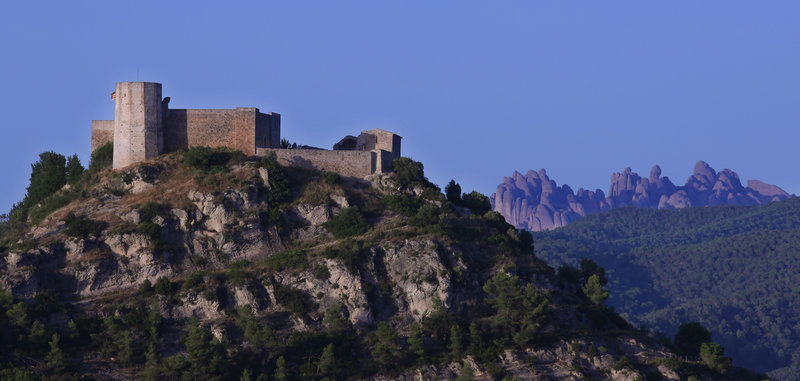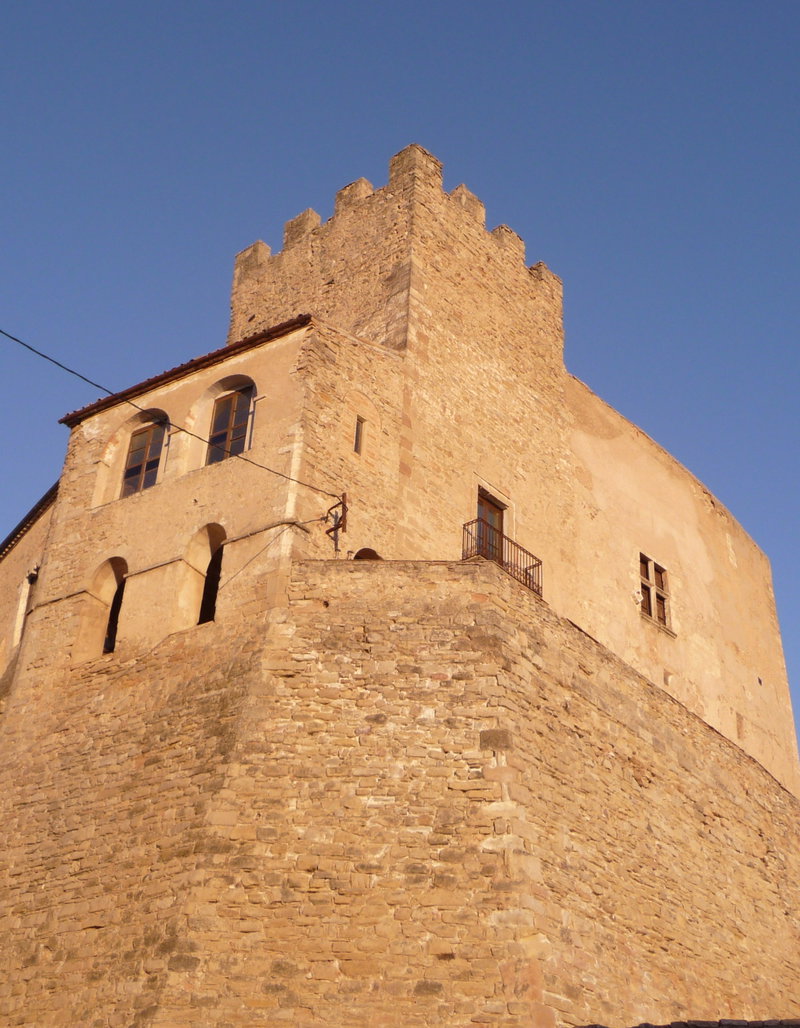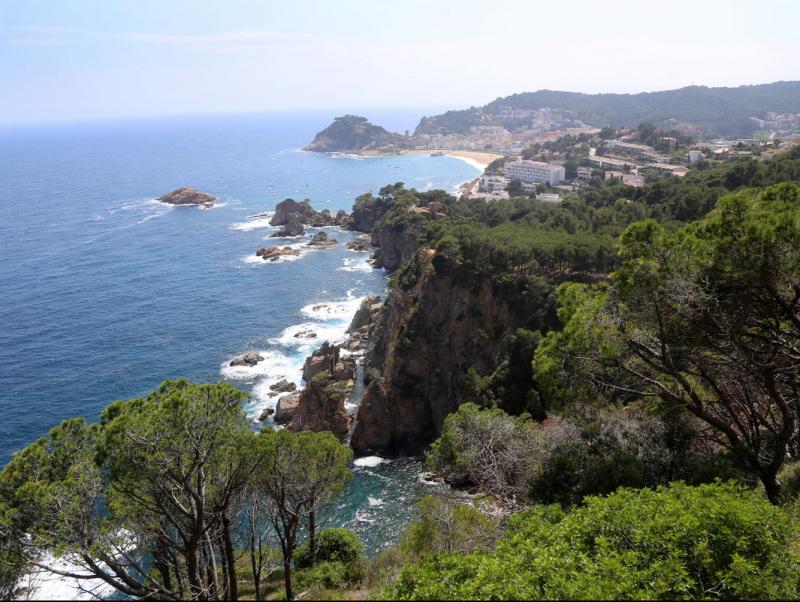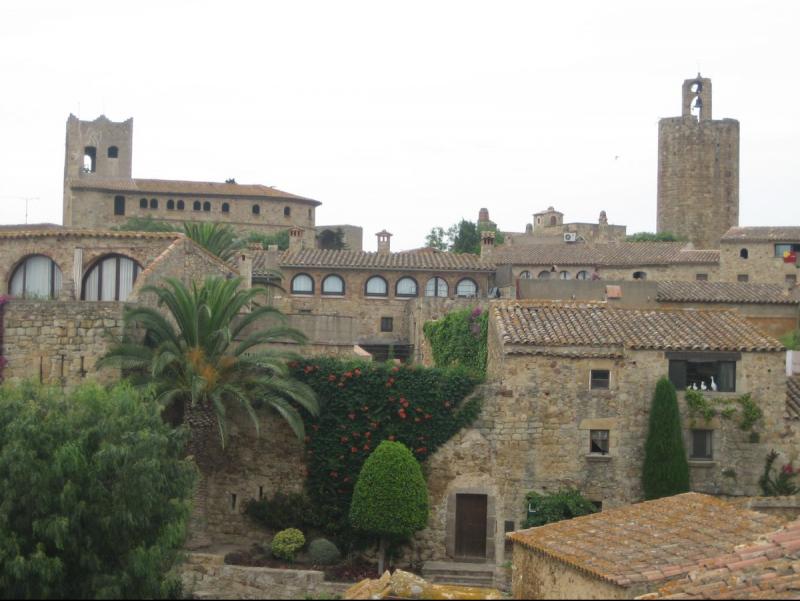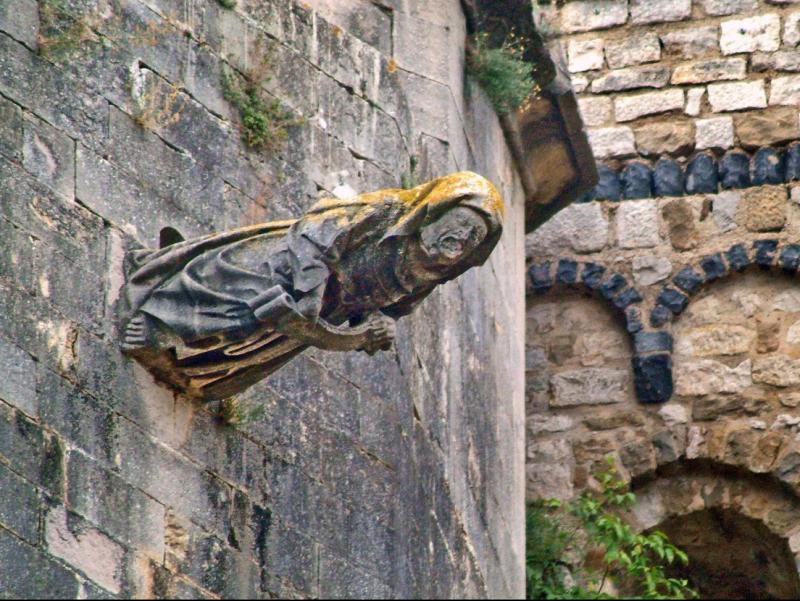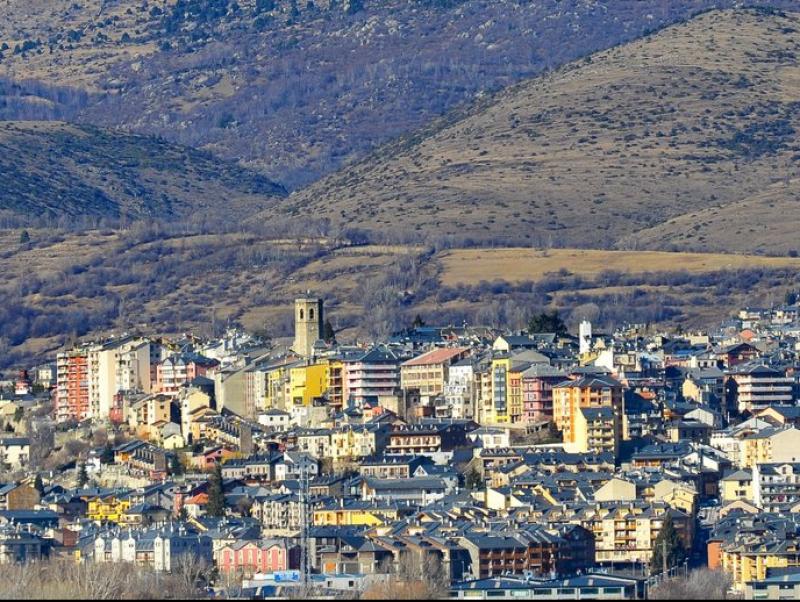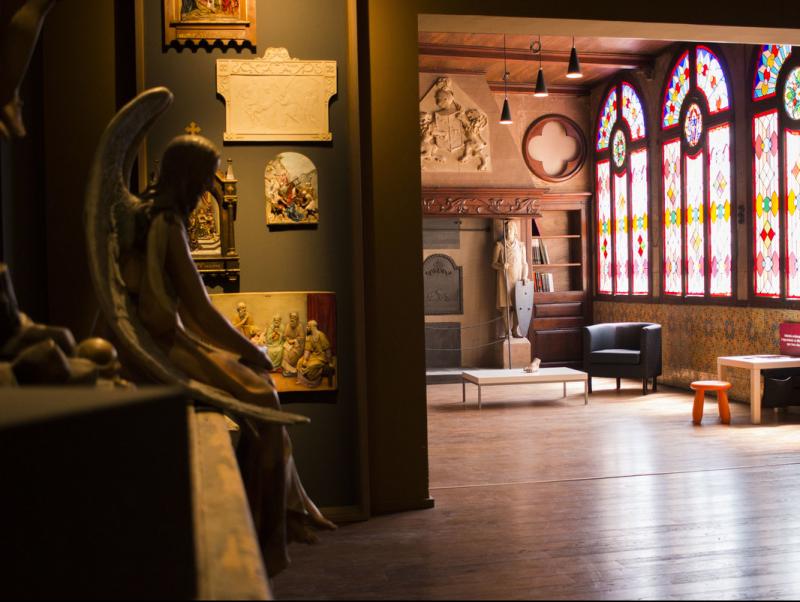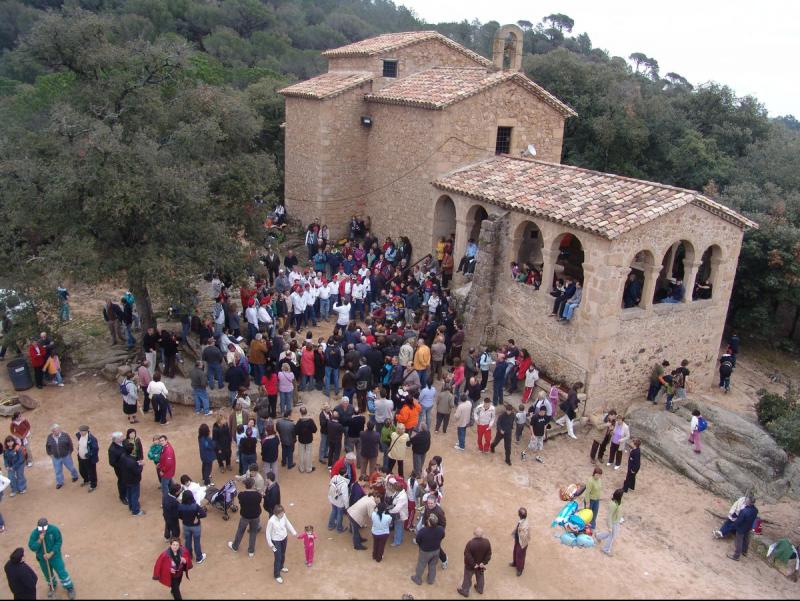Stones that explain the history of Anoia
More than 45 castles and strongholds, 25 of which are open to visitors, are the jewels in the crown of the county’s medieval legacy
The architectural heritage of the county of Anoia offers a broad range of castles and strongholds that date back over a thousand years, when the area was a borderland between the Catalan counties and Muslim-held territory. A large number of the fortresses and towers go back as far as the mid-10th century, when the counts of Barcelona, Osona-Manresa and Berga-Cerdanya occupied and resettled the territory. After the area ceased to be a front line, the castles were turned into administrative centres for the new feudal lordships, such as the dynasties of Claramunt, Montbui, Tous or Òdena. From the 14th century, the Cardona family became the leading nobles in the county, which meant the role of the strongholds changed again, becoming the residences of those charged with overseeing their lands. As the centuries passed and the cities grew and gained in influence, the former centres of power were gradually abandoned, or turned into country mansions. Today, these castles are a major tourist draw for the county of Anoia.
Of the 25 buildings that make up the tourist brand “Anoia, terra de castells” (Anoia, land of castles), seven offer guided visits inside, which are the castles of Claramunt, Boixadors, Tossa in Montbui, Tous in Sant Martí, Piera, Calaf, and the Manresana tower in Prats de Rei. There are another seven that offer guided visits of the outside of the buildings, which are the castles of Òdena, Vilademàger in Llacuna, Sant Esteve in Castellfollit de Riubregós, Orpí, Miralles in Santa Maria de Miralles, Jorba, and the fortified church of Santa Maria de Rubió. The outside of the remaining 11 buildings are freely open to visitors. They are the castles of Torre de Claramunt, Argençola, Queralt in Bellprat, Cabrera, Calonge in Calonge de Segarra, Castellolí, Freixe in Piera, Castellet del Bedorc in Piera, Roqueta in Sant Martí de Tous, Segur, and the Contrast Tower.
Anoia’s brand of medieval castles is aimed at bringing together and promoting a series of assets in the local area that used to function separately and turn them into a single coherent product to attract more tourists to the area.
Guide for visitors
Last year, Anoia’s tourism office published a document presenting a selection of 24 points of historic interest in the county, under the title “Anoia, land of castles - the medieval county”. Along with the “Anoia, terra de castells” mobile app, the guide provides information on the constructions from a period that goes from the birth of the House of Barcelona in the 9th century to the rule of Pere the Ceremonious, in the 14th century.

